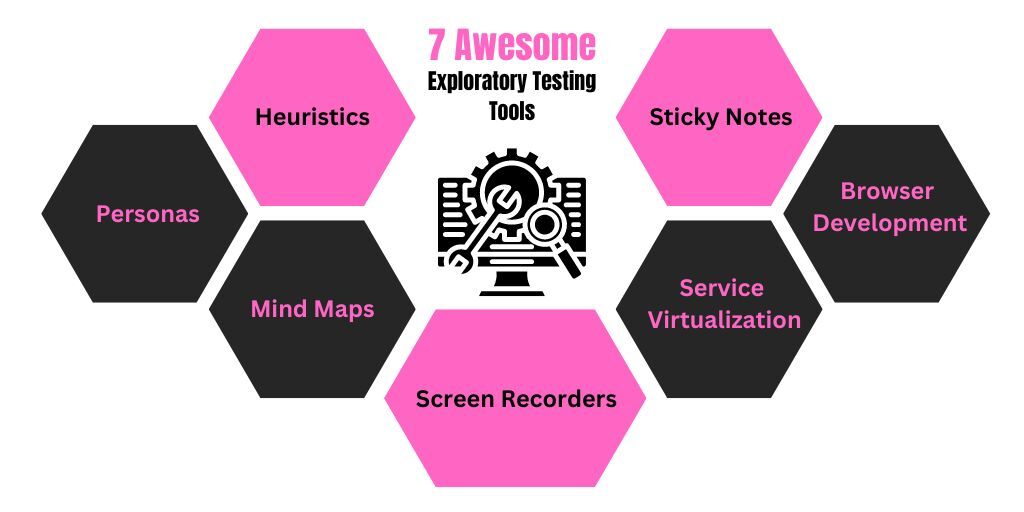Exploratory testing is characterized by the concurrent processes of learning, designing tests, and executing those tests, embodying the core of manual testing efforts. It emphasizes the critical role of the tester in the testing process, aligning with the Agile Manifesto's principle of prioritizing individuals and interactions over tools and processes.
In an earlier discussion, we delved into how testers can unleash their creativity during bug hunting without touching on the array of excellent tools available to aid in organizing, capturing, and documenting their findings. Let's address that gap now.
Overview of Exploratory Testing
To start, let's revisit what exploratory testing entails. It is a manual testing approach that does not rely on predefined test scripts or inputs but rather encourages testers to navigate the application in unconventional ways, imagining scenarios where users might not follow the intended paths. This includes actions like erratic clicking, deviating from the expected user flow, or entering data outside the specifications, among other unexpected actions that could reveal hidden bugs or issues related to configurations and structural aspects of the modules.
The challenge for testers during exploratory sessions is to meticulously document their actions and the resultant outcomes. This documentation not only serves to track the issues found but also can inform future test cases, benefiting both the tester’s knowledge base and the software's development cycle. Testers are also tasked with designing tests that yield meaningful data and delve deeper into identified issues, an area where specific tools can prove invaluable.
Essential Tools for Enhancing Exploratory Testing
While no single tool can meet all the needs of an exploratory tester, there is a variety of tools across different categories that can complement a tester's workflow. Here are three key categories for tools to consider:
1- Heuristics, Personas, and Mind Maps for Test Designing:
- Heuristics leverages mental shortcuts or 'rules of thumb' to facilitate the design and execution of tests based on previous experiences. A notable heuristic is SFDPO, standing for Structure, Function, Data, Platform, and Operations, guiding testers through different facets of the software to explore.
- Personas aid testers in assuming the roles of different users, enhancing the discovery of issues that arise from varied user behaviors.
- Mind Mapping supports testers in planning their exploratory sessions, helping visualize starting points and track deviations from the planned path.
2- Documentation Tools for Capturing the Testing Process:
- Screen Recorders offer a straightforward way to document every action during testing, ensuring that no detail is missed.
- Sticky Notes, whether digital or physical, provide a simple method for noting down spontaneous ideas or observations without disrupting the flow of testing.
- Browser Development Tools and other specialized extensions like Bug Magnet and Fiddler enhance the testing of web applications by facilitating the inspection and manipulation of web elements and sessions.
3- Service Virtualization Tools for Early Testing:
- In Agile development environments, testing often needs to commence before all services are fully implemented. Service virtualization tools simulate backend and third-party systems, allowing testing to proceed without waiting for these components to be finalized.
Optimizing Exploratory Testing with Tools
The diversity of tools available to exploratory testers underscores the adaptability and personalization of their testing methodologies. Effective exploratory testing transcends mere ad-hoc interactions; it is a structured, thoughtful process underpinned by thorough documentation and creative exploration. By leveraging these tools, testers can ensure that their exploratory testing is both efficient and comprehensive, marrying the analytical rigor of structured testing with the inventive spirit that defines exploratory testing.
